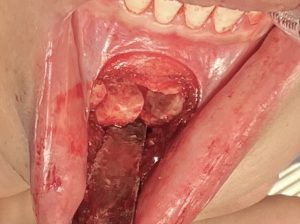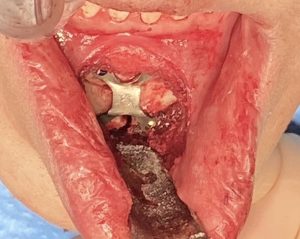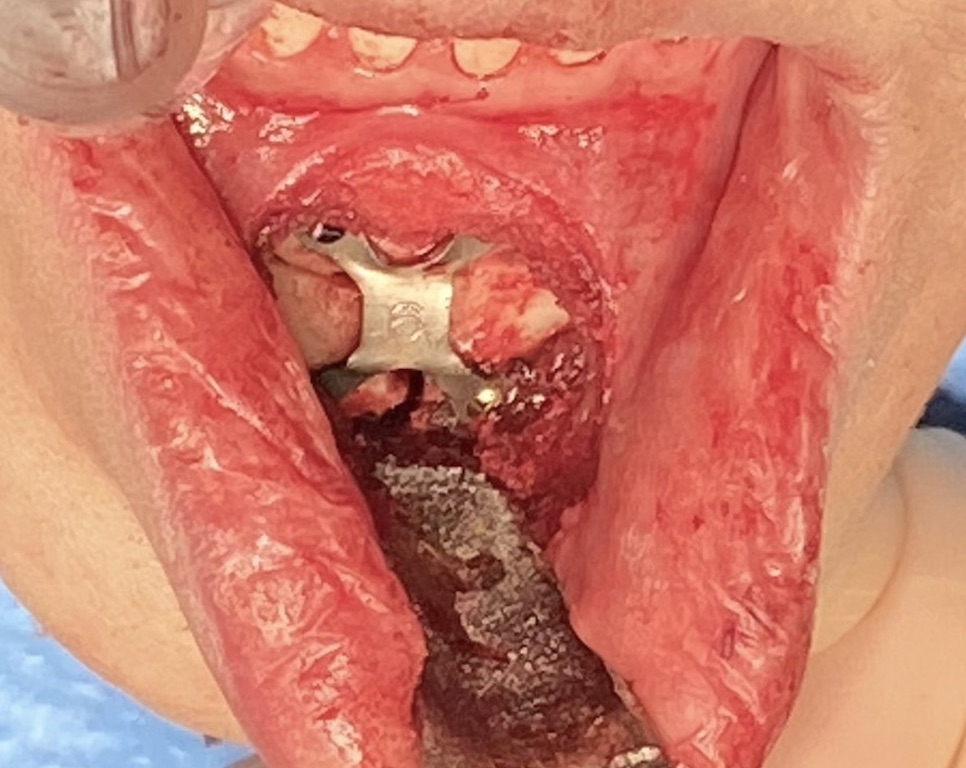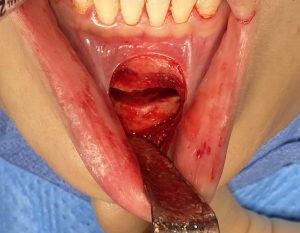The most common bony chin procedure performed, both historically and currently, is the sliding genioplasty. Its most recognized dimensional change is implied in its name, sliding forward, or horizontal augmentation. When used to increase the height of the chin it is known as a vertical lengthening bony genioplasty.
But when used to change the width of the chin it is known today as a Mini V Line surgery. This currently popular chin surgery is often done as part of an overall V Line procedure (jawline reduction) or can be done by itself. Its goal is to narrow the chin using a midline resection of bone. The amount of narrowing effect is based on how much bone is removed centrally which pulls the sides of the chin inward. This osteotomy technique is a completely different approach than an ostectomy, where bone is shaved from the sides of the chin. (lateral tubercle reduction) The lateral chin shave is an acceptable technique when only minimal width reduction is needed or to simply desquare the chin shape. But when a very visible chin narrowing effect is needed the Mini V line approach is the superior technique.


The narrowing effect on the chin is seen immediately as the attached soft tissue to the side chin segments is brought in with the bone movement. One of the advantages of the midline osteotomy is that the soft tissue attachments remain partially attached so there is less risk of soft tissue sagging when the chin bone volume becomes less. (as opposed to lateral shaving where the soft tissue is detached) However bunching of the central chin tissues can occur if the amount of midline bone resection becomes ‘excessive’. For this reason it is rarely a good idea to exceed 6mms of bone resection in most patients
Dr. Barry Eppley
Indianapolis, Indiana




